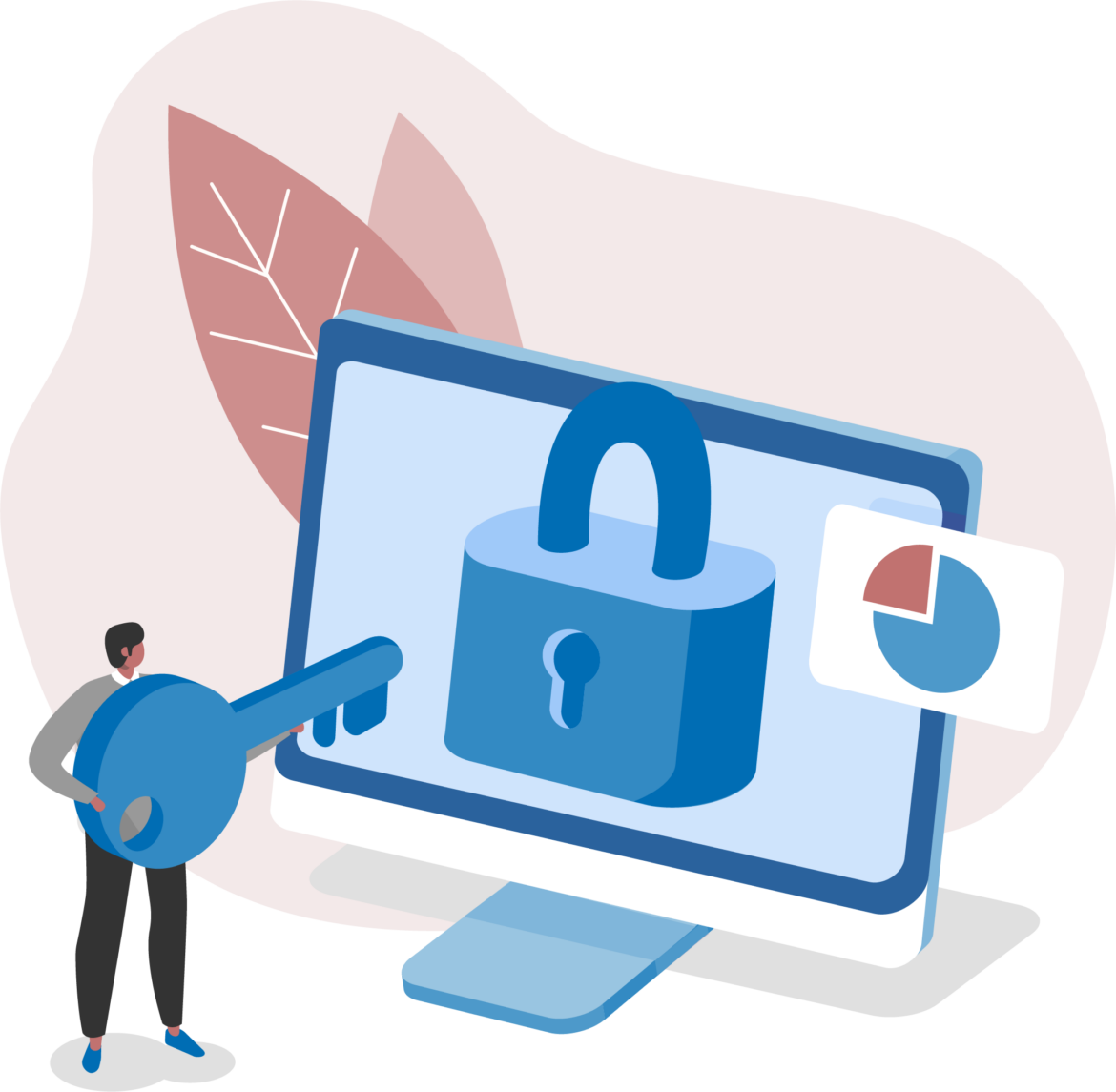
Which of the following statements is true regarding SNMP polling and NTP syncing among Cascade components?
Trace clips in Cascade Pilot allow you to:
Which of the following best describes any limits that are enforced on the number of service, performance and availability policies that are supported on any Cascade Profiler?
Live interfaces within Cascade Pilot as shown in the sources panel devices tab include:
Which of the following types of hosts are included in Cascade grouping on Cascade Profiler?
What are the sources of Layer7 Fingerprints as shown in the Cascade Profiler GUI? (Select 4)
Which of the following are TRUE concerning packet capture jobs on the Cascade Shark appliancE. (Select 4)
If a report table on Cascade Profiler includes the "Server Delay" column but shows no value for "Server Delay" in some cells, what are the possible causes? (Select 3)
Which of the following metrics can Cascade Profiler create dependency (Connection Graphs) for? (Select 3)
A user wants to use the link congestion analytic policy on Cascade Profiler to monitor five key WAN links for an increase in traffic outside of the expected traffic that includes TCP/80, TCP/443, TCP25, and UDP/53. Can the link congestion policy be used for this scenario?
|
PDF + Testing Engine
|
|---|
|
$49.5 |
|
Testing Engine
|
|---|
|
$37.5 |
|
PDF (Q&A)
|
|---|
|
$31.5 |
Riverbed Free Exams |
|---|

|